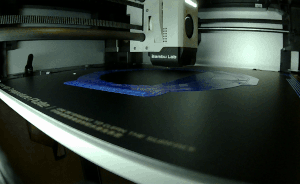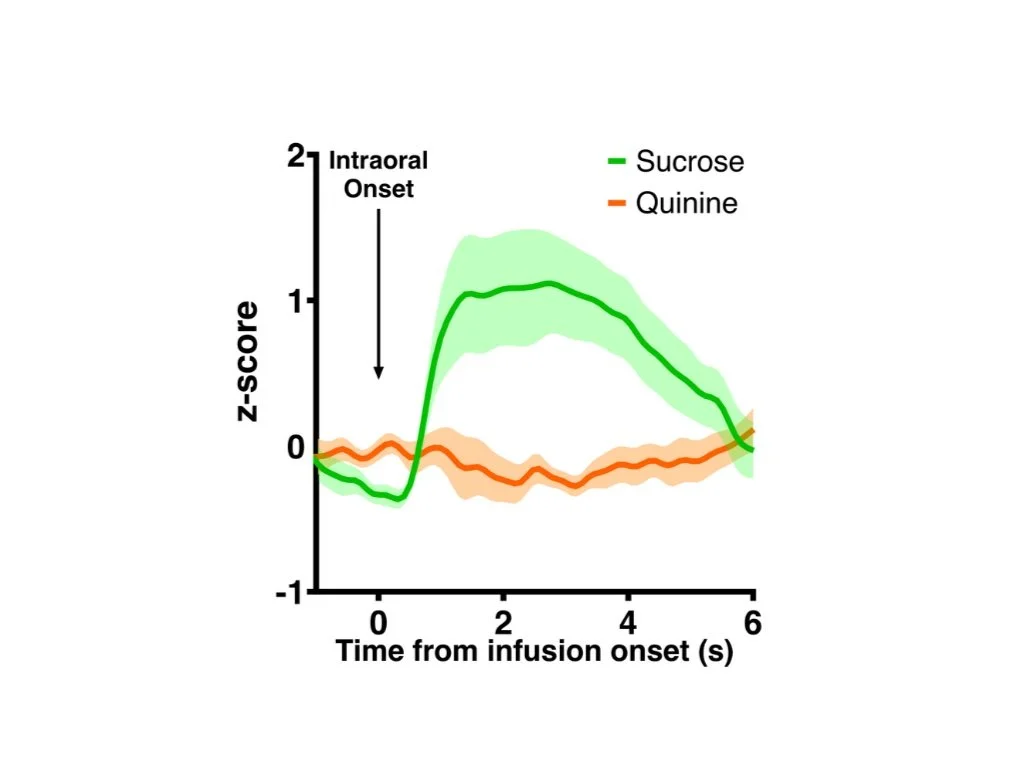Research
Vision:
To provide a training ground for understanding the neural and hormonal processes underlying motivation in an environment that is equal parts challenging and supportive. Our intellectual products will contribute to targeted approaches to improving the lives of people with disorders of motivated behavior.
We use real-time recordings and circuit manipulations in awake and behaving rodents to understand how signals and systems that relate to physiological state are integrated with primary stimuli and their predictive cues to drive goal-directed action.
Our lab focuses on three major questions:
1.
How are affective stimuli (primary rewarding and aversive taste stimuli) encoded by the mesolimbic system?
2.
How is affective encoding modulated by learning or changes in physiological state?
3.
How might physiological state act as a risk factor for the over-pursuit of nutritive (e.g., calories) and non-nutritive (e.g., drugs) stimuli?
Our Projects:
Encoding of reward and aversion
We are interested in how the mesolimbic system flexibly encodes appetitive and aversive taste stimuli. We use the intraoral delivery of taste solutions to gain complete control over the sensory experience of the research subject. As such, we can capture neural responses to appetitive and aversive stimuli, transduced via the same sensory modality, for direct comparison. We find dramatically different dopamine responses depending on whether rats find the solution appetitive versus aversive.
Motivational state tunes mesolimbic circuitry
Physiological states (e.g., hunger, thirst, sodium depletion, satiety) modulate our motivated behavior. We manipulate the physiological state of our subjects, deliver peptide mimetics of physiological conditions, or activate circuits that signal physiological state while rats engage in feeding, drinking, or drug seeking. Phasic mesolimbic activity is measured throughout to determine how the mesolimbic system updates the value of a stimulus based on its physiological state.
Learning modulates mesolimbic responses to the same taste stimulus
Taste can serve as a cue for post-ingestive consequences. Conditioned taste aversions (CTA) form when a taste is associated with visceral malaise - where a once palatable taste becomes aversive. We determine how CTA alters dopamine signaling to the same taste and the critical inputs underlying the plasticity during CTA learning and extinction.
Revisiting mechanisms of drug action
Drugs that come to be abused by humans increase phasic mesolimbic signaling. We seek to better understand the various mechanisms for this action. Physiological state modulates drug reactivity, taking, withdrawal, and relapse. We also seek to determine how physiological state acts as a risk factor for aspects of addiction.
Techniques
-

Intraoral fluid delivery
-

Fiber photometry
-

Pose Estimation
-

Immunohistochemistry
-

Intracranial self-stimulation
-

3D printing
-

Maker space/open science
-

Patch clamp electrophysiology



